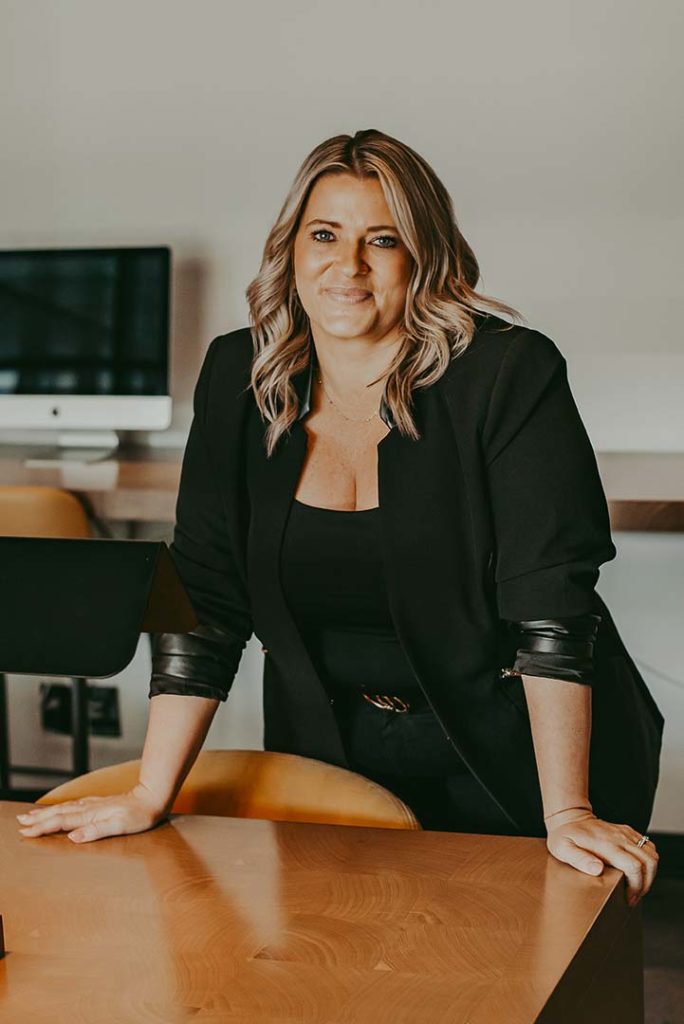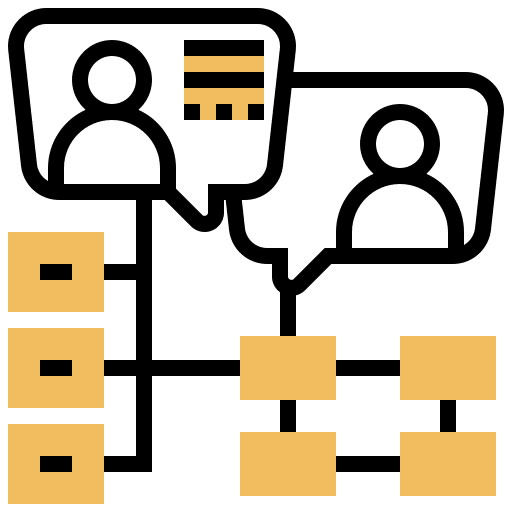We don’t just plug in software and call it a day. We believe in building smart, sustainable HR systems for small to medium-sized businesses—and that starts with something many companies overlook: process clarity.
We’ve worked with countless organizations who are excited about bringing in new tools, but if you don’t have the right structure in place beforehand, tech can actually add more confusion than clarity. That’s why our approach is grounded in one fundamental truth: walk before you run.
Step One: Build the Process, Then Bring in the Tech
When you engage with OptimaHR, we begin by laying the foundation. We map out your full employee lifecycle—from attraction and recruitment all the way to offboarding. We develop skills matrices, design performance review frameworks, build onboarding and exit processes, and—importantly—we document everything.
Why? Because what’s written down and what’s actually experienced are often two very different things.
Before technology enters the picture, we want to make sure your processes are not only defined, but actually working for both leadership and employees. That means pressure-testing what’s on paper against the real-world employee experience. Only then do we recommend and implement the right tools.
Why HR Tech Matters—Especially Without a Full-Time HR Team
For many small and mid-sized businesses, HR responsibilities often fall on someone who already has a full plate—like the CEO, COO, or administrative assistant. These are talented, high-performing professionals, but they’re already stretched thin. That’s where implementing the right HR technology becomes a game-changer.
Through our Fractional HR services, we help businesses:
- Select and implement the best-fit HR Information System (HRIS)
- Digitize key workflows like time off, benefits tracking, and performance reviews
- Centralize documentation and reduce manual tasks
- Ensure compliance through consistent digital recordkeeping
- Maintain structure even when leadership is busy or bandwidth is low
The right tech solution allows the processes we’ve built together to live on, even when your team is focused on other priorities.
HR Tech That Aligns, Runs, and Improves Over Time
We don’t just implement tech for the sake of it. Our goal is to ensure that what we build aligns with your company’s values, runs efficiently, and—most importantly—improves over time. A great HR system should grow with your business, not limit it.
But we also stay realistic. We know that priorities shift, time gets tight, and people get busy. That’s exactly why a strong tech foundation matters: so your people operations don’t fall by the wayside when things get hectic.
Conclusion: Empowering People Through Process and Technology
We believe that technology should support people—not replace them. Our approach to HR for small to medium-sized businesses ensures that your systems are built with intention, tested through experience, and supported by the right tools.
With our Fractional HR support, we help you build smarter processes, implement scalable tech solutions, and create long-term consistency in your people strategy. Because the best HR technology is only as good as the process it’s built to serve.




